Building a community of fans and followers for your business can be a huge challenge.
Advanced Content Marketing Techniques are essential for you to improve your Content Marketing outcomes. Through this quick guide, you will be able to create a strong foundation for your Content Marketing activities.
The guide will help you to create valuable content ideas consistently and productively.

Advanced Content Marketing Guide
#1 Structure Your Content Marketing Efforts
You can easily create a Content Marketing Plan in a single Excel sheet. Each piece of content you create must align with:
Your Target Audience
With each of your content pieces, you should be targeting a narrow segment of your audience. Your content piece should solve a problem or answer a question for that segment of the audience. Name each of your target audience segments and add it in front of your content topics. This will help the content creators to visualize the audience persona before working on the piece. Besides creating audience personas you can also interview existing customers to know why they converted and how your business solved their problems. Conversations with existing customers as well as sales representatives will give you a whole lot of insights for crafting better content ideas and pieces. You must also know the online channels where your target audience is most active – this will help customize your content according to the specific channel. For eg., if your primary target audience is LinkedIn – you might want to consider publishing articles directly to LinkedIn.
The Buyer Journey Stage
It is critical to define audience segments according to the stage of the buyer’s journey. A typical journey includes the following stages:
- Awareness
- Consideration
- Decision
- Retention
You need to plan your content according to each of these stages and define your content objectives accordingly. Create a conversion funnel to know the exact path to a customer conversion.
Content Objective
Every content piece should have a predefined objective, aka educating the audience, inducing product trial or purchase or making a repeat purchase etc. Your content objectives are dependent on who you are targeting to and what stage are they in the buyer’s journey. They also flow from your overall campaign objectives.
Campaign Objective
Each of your Content Marketing campaigns must have an objective that aligns with your overall brand objective. When you are at the campaign level you need to define the numbers that you aim to achieve from the campaign.
- Subscriber Growth
- Number of Conversions
- Increase in Fans and Followers on social media
Your core brand message (or value proposition) must reflect in all of your Content Marketing campaigns.
Content Format
Depending on your campaign and content objectives, you can explore a variety of Content Types. You can choose to do blogs, guest blogs, ebooks, infographics, social media contests, and videos etc. Each content format works to fulfill a specific objective and is meant for a specific channel. For eg., Social media contests work very well for B2C brands to get more leads. Channels like Facebook and Instagram work best for such content campaigns. An eBook is a very effective content format for B2B businesses looking to generate leads.
#2 Generate Better Content Ideas
A few of the challenges that most Content Marketing Managers face include:
- Generate content ideas that engage
- Have a ready bucket of valuable content ideas
It’s essential to keep researching relevant content ideas and adding them to your Excel sheet so you can filter and use them. Create an idea generation process so that your team can keep coming up with useful content ideas consistently:
- Set up Google alerts related to your primary keywords
- Subscribe to popular industry new sites
- Do a competitive content research
- Populate reference URLs along with your ideas
- Read the latest books in your industry
- Create an account in Feedly and follow some of the top blogs in your industry
- Set up streams in Hootsuite to follow trending stories related to some of the important keywords
- Read discussions on niche forums, Quora, and LinkedIn communities to get innovative content ideas
- Identify gaps in online conversations and industry news to present a fresh point of view
Once you have an idea pool in place, you need to schedule a weekly or monthly brainstorming session. These sessions are helpful in enabling in-depth discussions on individual ideas and how their content would flow.
#3 Ensuring Content Quality
Besides defining the quality standards for content production, you can train your teams on the right way to go about producing some valuable pieces. Provide your team with examples of content pieces that can work as quality benchmarks for them. Some tips for ensuring better content quality:
- Narrow your approach to a given topic and provide more value
- Research a particular topic before writing about it
- Create notes for your content pieces
- Use Grammarly for checking language errors and typos
- Create an editorial style guide – highlight your brand voice and tone
- Never use copyrighted data or images without attribution
- Use tools like Buzzsumo to read up on popular articles before creating a piece
- Organize and structure your content ideas in a Word doc
You must develop a content quality checklist for writers and editors in your team.
#4. Optimize Your Content For Search
It is critical to train your team on keyword planning and research. For each piece of content, you need to have a primary keyword along with a set of secondary keywords. Next, you need to have a process for optimizing your meta content and tags for the targeted keywords.
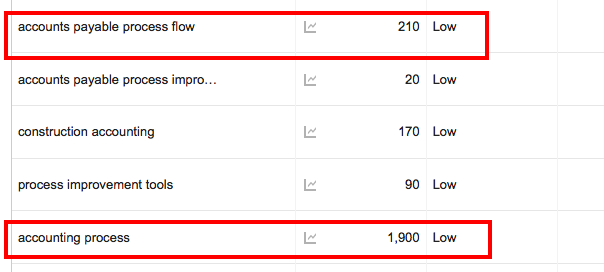
An internal and external linking strategy will be helpful as well. Here is a checklist for optimizing your blog content for search queries:
- Make sure the keywords are relevant, have a high monthly search volume and have low/medium competition
- Use the Rankmath or Yoast SEO plugin for on-page optimization
- Add your focus keyword, meta title, and meta description within the Yoast plugin
- Make sure your titles and descriptions are optimized using the primary keyword
- Add your secondary keywords in the tags section
- Select the primary and secondary category for each of your posts
- Optimize your slug with your primary keyword
- Create an internal linking strategy for posts targeting simar keywords
Make sure your content helps satisfy user-intent and solves some of their key challenges.
#5 Content Marketing Channels
Predefined, content promotion channels will help you to build a process for distributing your content effectively and efficiently. You need to have an ongoing Content Promotion Plan so that all of your existing and new content assets can be promoted effectively. Here are some steps for promoting your content to fans and followers:
- Create a plan to send out at least one newsletter every month
- Write 3-4 captions for each of your content pieces and populate them in a spreadsheet. Use these captions to promote your posts on social media channels
- Quote popular influencers from your industry in your posts and mention them on social channels
- Send outreach emails to influencers telling them about your recent blog post or infographic
- Make use of paid campaigns to promote social media contests and giveaways
- Make use of landing pages and paid campaigns for lead magnets like ebooks. whitepapers, reports, and such gated content
- Use tools like Followerwonk to find popular influencers in your niche
- Pitch your guest articles to high domain authority websites and build quality backlinks
If you have a B2B business then focus on channels like LinkedIn and Quora while if you are primarily selling to a B2C audience then channels like Facebook, Twitter and Instagram are some must-have promotional channels.
#6 Improving Content Marketing Productivity
Define specialist roles within your team – delegate tasks for content creation, publishing, promotion, and search optimization to experts within your team. Share the content plan with each of the team members. Your calendar should also include all the content types that you will be producing in the forthcoming week/month. Add deadlines in front of each of your content pieces. Define a Content Marketing workflow to avoid any confusion within the team. Take a look at this sample workflow:
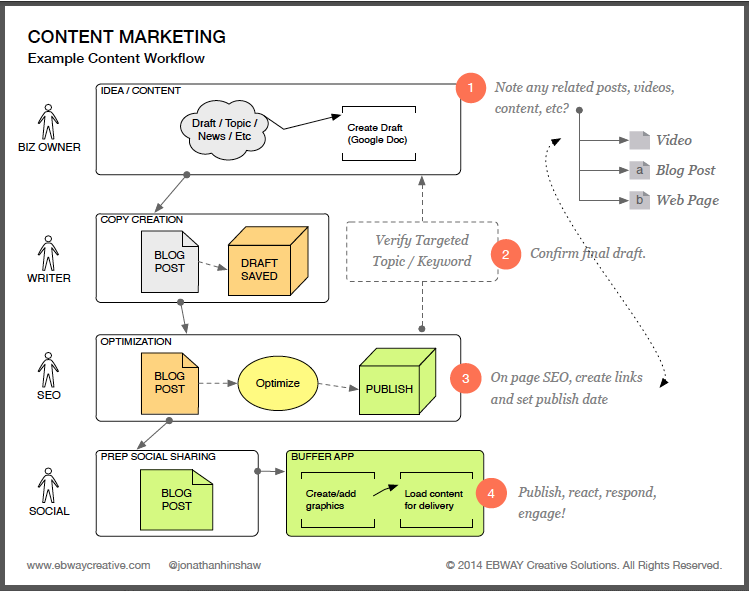
You should always be on the for the latest tools for improving your Content Marketing productivity.
#7 Content Marketing Tools
Here is a list of some very useful Content Marketing tools:
| Tool | Purpose |
| Evernote | Make notes, bookmark articles |
| Feedly | Subscribe to the newsfeed of popular blogs and news sites |
| Buzzsumo | Find trending content |
| Hootsuite | Social media promotion |
| Grammarly | Check language and grammar |
| Canva | Design images and infographics |
| Quora | Content research and content promotion |
| ODesk/Upwork | Hire freelance writers |
| Click to Tweet | Create tweetable links within your content |
| Google Keyword Planner | Keyword Research |
| Ubersuggest | Keyword Research |
| MailChimp | Email Marketing |
| iMovie | Free video editing tool for Mac |
| Pixabay | Free Stock Images |
| Freepik | Free icons and vector images |
| HARO | Free PR |
Over to You
In a competitive marketplace, it is critical for you to take your Content Marketing efforts to the next level. Using the right processes will help you get the best possible results from your Content Marketing campaigns. Work as a team and delegate activities to specialists within your team. Don’t forget to track, measure and improve upon the results you are getting on a monthly basis. Organize monthly team meetings to analyze and ideate better campaigns.
Looking to upgrade your Content Marketing skills? You can enroll in our Digital Marketing Course.
If you have thoughts and suggestions related to Content Marketing, please feel free to add them in the comments section below.







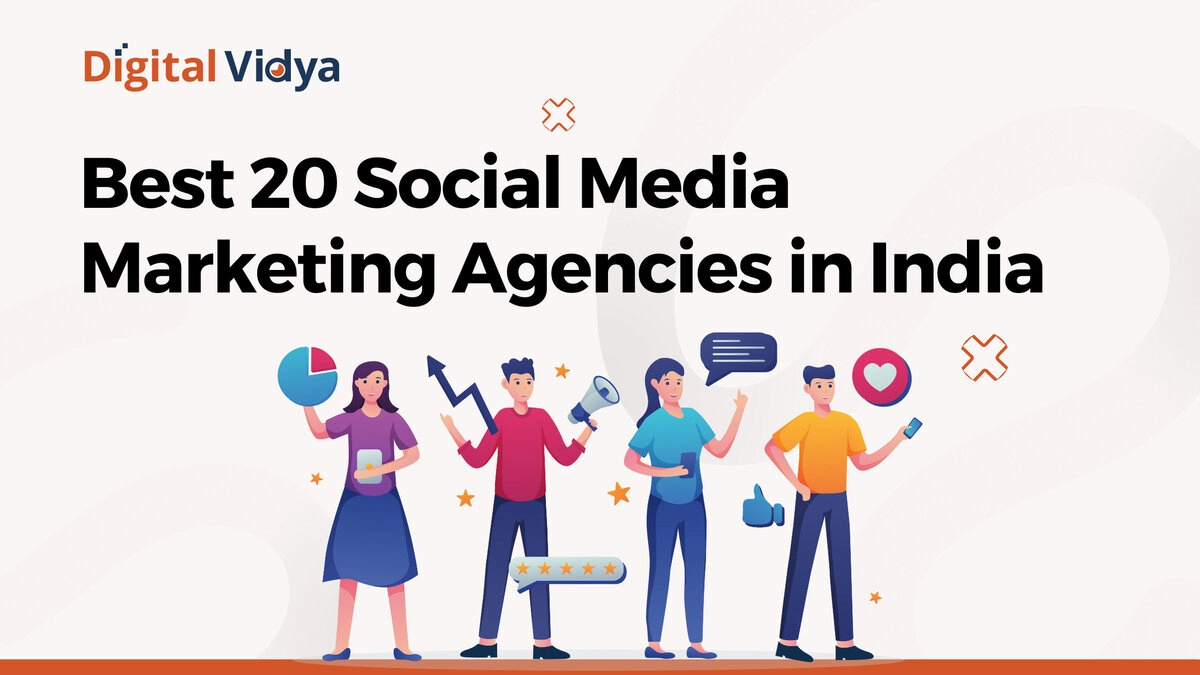
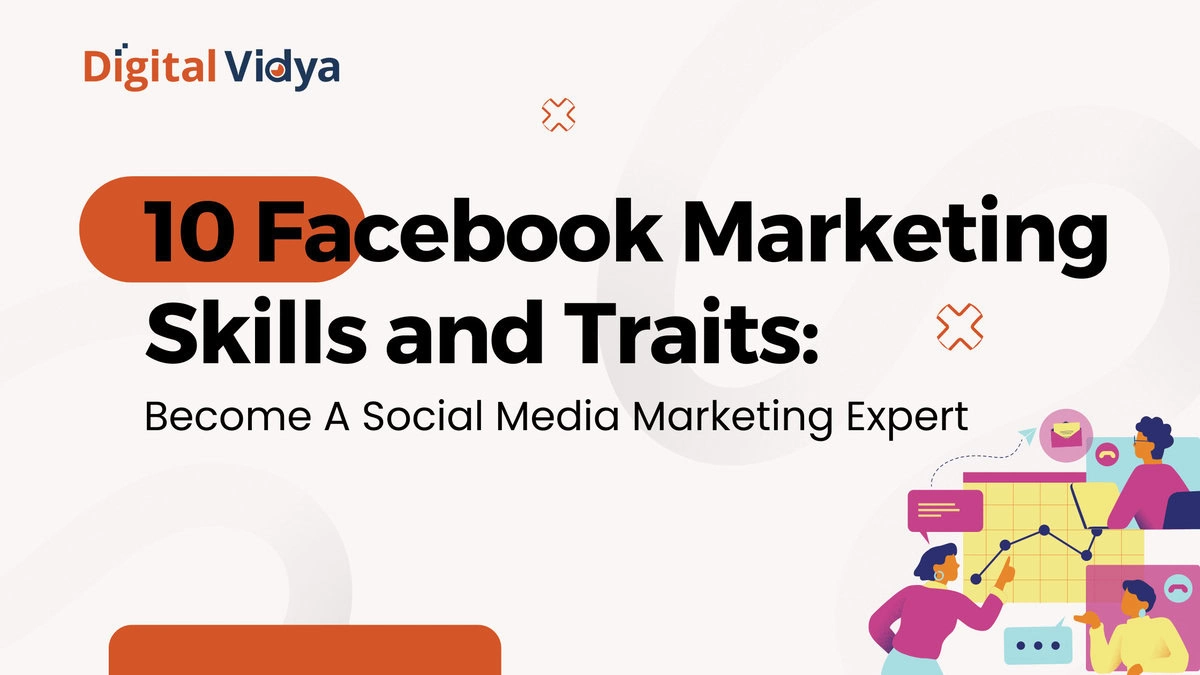
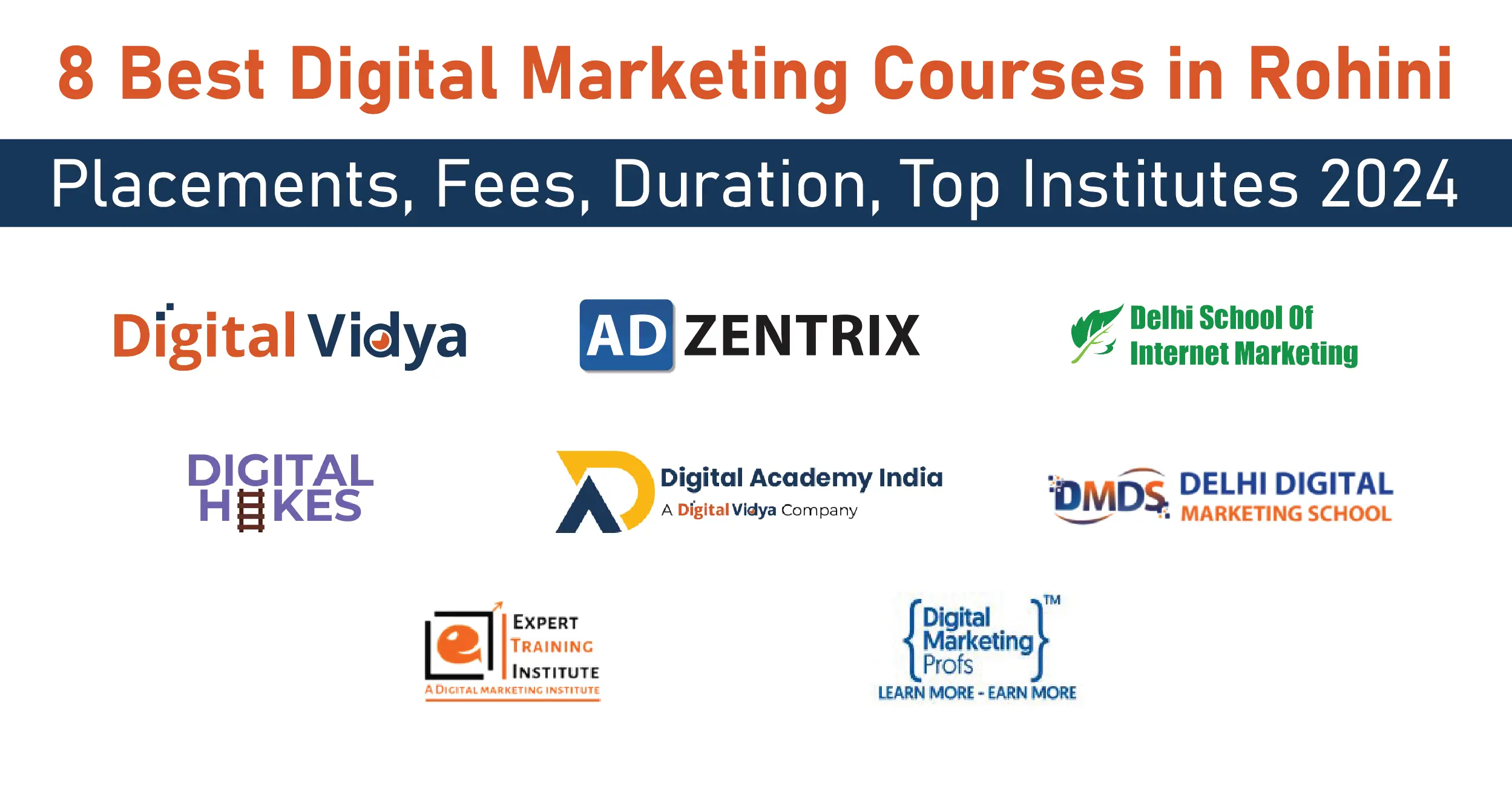









I am truly delighted to read this webpage posts which includes plenty of valuable information, thanks for providing
these information.